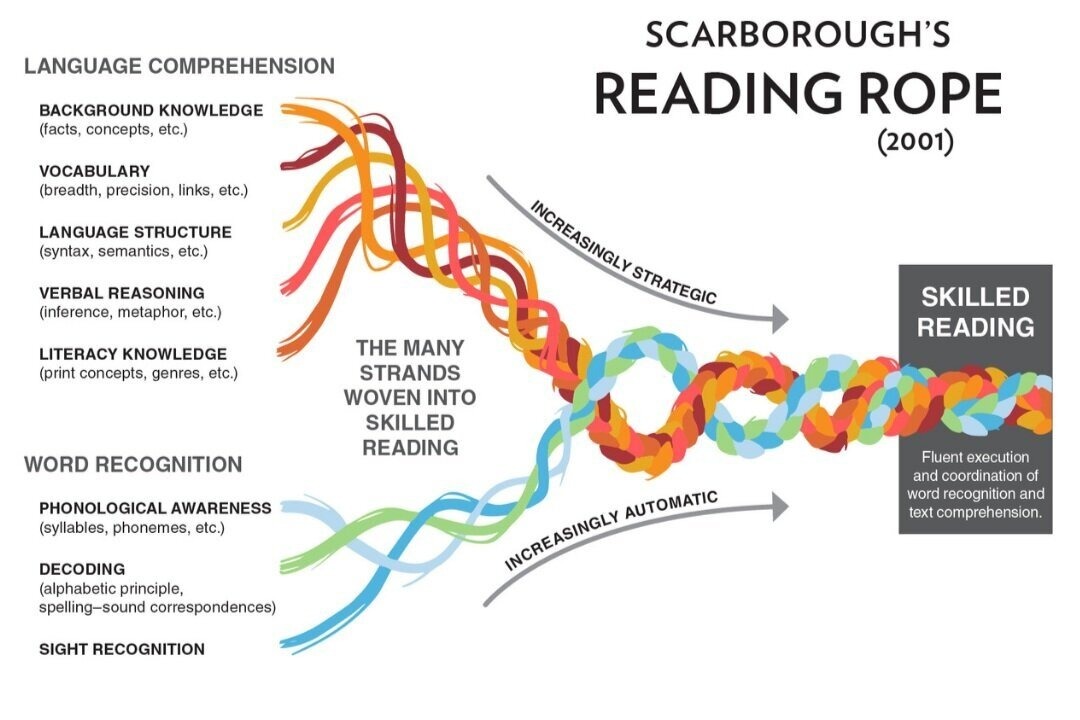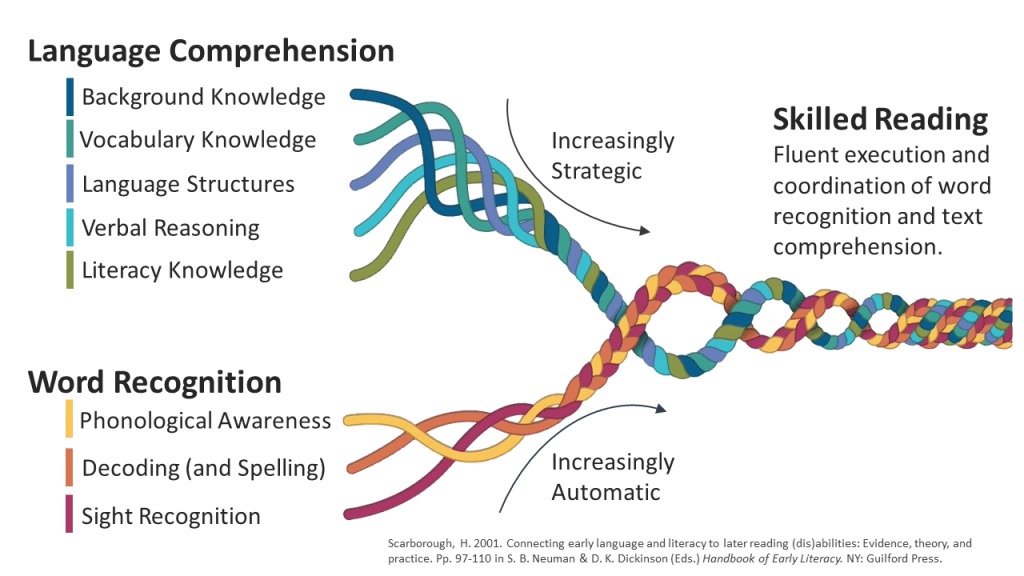Reading is an essential skill that is actually composed of multiple discrete skills that students must learn and be able to use together in order to comprehend and respond to material. In the early 1990’s, educational expert Dr. Hollis Scarborough created an infographic to help parents and educators visualise the various “strands” that, together, form the rope of reading skills.
Scarborough’s groundbreaking work on the Reading Rope can be invaluable to teachers formulating lesson plans, working with and understanding students (particularly those with reading difficulties) and conveying information to parents. The rope consists of two primary cords, which are further divided into more specific subsets of those main skills.
The upper cord encompasses language comprehension skills, and the lower cord addresses word recognition. The rope concept puts an emphasis on understanding the interconnectedness between the skills and teaching them together to form a strong basis for reading. In short, the benefit of using the REading Rope in developing lessons is that it addresses not only the skills necessary to decode and recognize words, but to comprehend and retain the information. Students who are highly skilled in all the strands of the rope will struggle less with reading and, consequently, are more likely to enjoy it.
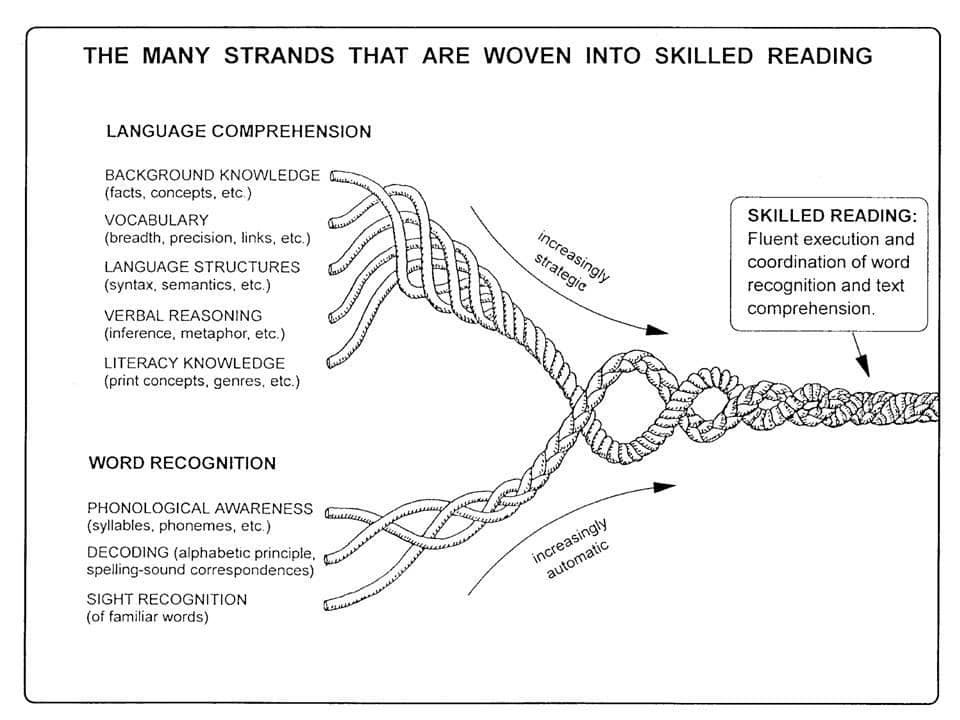
Table of Contents
- Understanding the Strands of Scarborough’s Reading Rope
- Reading Rope Ideas for the Classroom
- Resources for Teaching with the Scarborough Reading Rop
- Scarborough Reading Rope FAQs
Understanding the Strands of Scarborough’s Reading Rope
Because the various strands of reading skills within the rope are interconnected, lessons which incorporate several skills will be most beneficial to students.
This is particularly important for those who have learning disabilities. In fact, Scarborough’s Reading Rope was originally created as a means for her to explain to students with dyslexia (and their parents) the various, interrelated skills that must be addressed to develop remediation plans for reading.
The strands of the Scarborough’s Reading Rope includes the following:
Lower Strand: Word Recognition
The lower strand encompasses the skills that allow students to decode words. The skills within this strand become increasingly automatic over time. These include:
Phonological Awareness:
This is the ability to understand that sounds make up words and those words can be represented in text. Young children who pick up a book and pretend to read are demonstrating this skill.
Decoding:
Decoding is the process of sounding out letters in order to decode words. Learning phonics and understanding silent letters and blended sounds are part of this process.
Sight Words:
Sight words can be taught in concert with phonics. Because emerging reader books generally present the same words multiple times, children can benefit from being able to recognize those commonly used words without sounding them out each time.
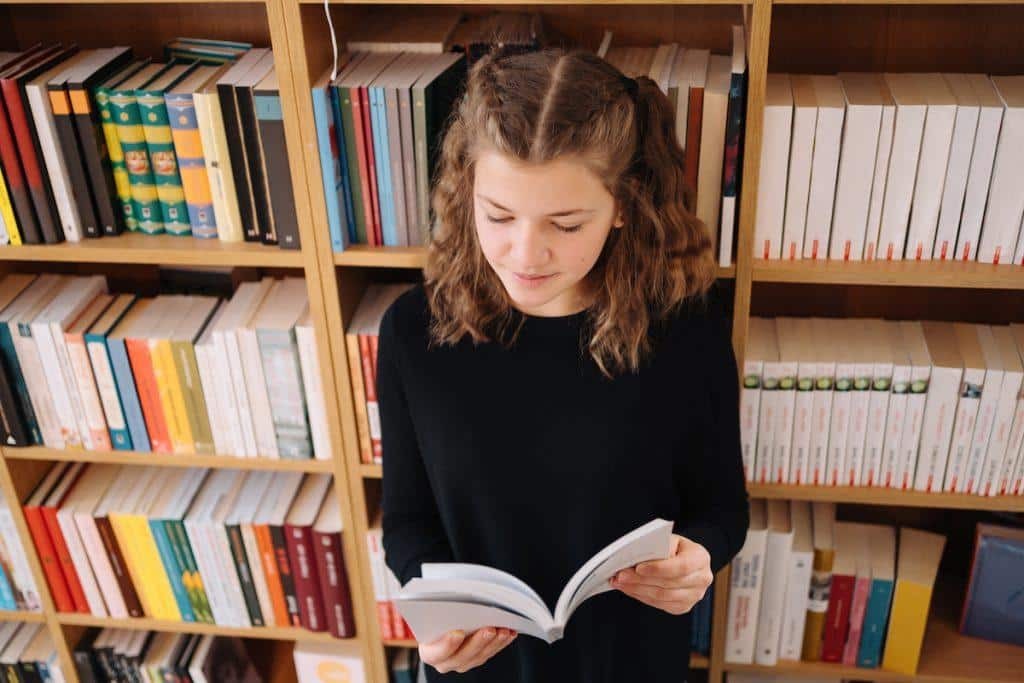
Upper Strand: Language Comprehension
The upper strand encompasses skills that are more “strategic” than automatic and give readers the background and knowledge to fully comprehend and analyse reading. It is these skills that contribute to true reading fluency. Language comprehension skills include:
Background Knowledge:
Background knowledge – including concepts and ideas – is essential to reading comprehension. Lower-level readers who are still reliant on sounding out words, in particular, can become frustrated when confronted with entirely unfamiliar concepts or ideas. Background knowledge enables readers of all skill levels to make sense of reading material.
Vocabulary:
Readers with more extensive vocabularies will not only have an easier time recognizing or decoding words; they will also be able to read more quickly and to assimilate that knowledge.
Language Structure:
This category includes semantics and syntax. Broadly, syntax covers the rules of word order – how and when words can be used in conjunction with other words. Semantics is a branch of linguistics that is concerned with words, phrasing, and sentences and how we put these pieces together to communicate.
Verbal Reasoning:
Verbal reasoning skills are concerned with the understanding and use of inference and metaphor. These are more advanced skills, which is why books for emerging readers contain limited uses of both. Metaphors, of course, are the use of phrases or wording to compare two things. Inference refers, in this case, to the ability to use context and come to conclusions.
Literary Knowledge: Literary knowledge refers to print concepts and literature genres. Print concepts include the knowledge of “how books work,” such as the understanding of turning pages, reading left to right, the structure of books, and similar concepts. Genre knowledge refers to understanding that different types of stories or books have unique characteristics.

Reading Rope Ideas for the Classroom
As discussed, the key to creating fluent student readers is to integrate as many of these strands into lessons as possible, to encourage development of not just decoding skills but an understanding of written material and a desire to read for enjoyment.
Creating a text-rich environment and offering a variety of activities related to reading will address many of these areas but to maximise development of all areas of the reading rope skills, teachers should also look for opportunities to teach discrete skills.
Lower Strand:
Phonological Awareness/Decoding
Because of the repetition inherent in teaching phonics and decoding skills, learning decoding can become a rote process that does not engage students. To maximise learning retention, consider adding sensory and kinetic activities for reinforcement.
Using manipulatives, such as word tiles, magnetic letters or letter blocks will help to reinforce letter sounds in a meaningful way. Students may also enjoy writing on alternative surfaces or with alternative writing utensils. Consider finger painting, writing on windows with shaving cream or other substances, whiteboards, or using fingers to write in sand or other soft materials.
While working with phonics or decoding words, students can also work on vocabulary and background knowledge by using decoded words as part of a story or journal entry.
Sight Words
Lessons which incorporate sight words can be used to demonstrate many of the lower strand reading rope skills. Students can discuss material while reading aloud from a projected image or their own books, or following along with a teacher-led or video book reading.
Sight words are also a great opportunity to incorporate vocabulary building exercises.
Upper Strand:
Background Knowledge/Literary Knowledge/Genre
Having the necessary background knowledge to successfully tackle a book’s subject matter is a skill that is vital for students of every age. For younger students, this may entail a discussion of concepts or ideas within a book that may be unfamiliar or differ from their own experiences. It is particularly important to acknowledge students’ diverse backgrounds. An example of this would be reading a book about different types of families and leading a class discussion about how some families have pets, some don’t, some people live with grandparents or friends, etc.
For older students, particularly for period or nonfiction subjects, teachers may wish to review or offer an overview of the topic. Informal assessment can give teachers an idea of what students already know about a given subject before moving forward.
Discussions about background knowledge are also a great way to introduce new vocabulary and integrate information about genre. In many cases, background knowledge and literary knowledge are intertwined. Knowledge of culturally important literary works forms a substantial portion of the cultural competency needed to understand other books.
Language Structure/Verbal Reasoning
These more advanced strategic skills can be taught through both reading assessment/discussions and as discrete skills. Language structure refers to the way that words are arranged and is a function of speaking, writing, and reading.
It’s possible to combine reading practice with language structure by using reading passages to point out various grammatical constructs, word choice, and other writing conventions.
Verbal reasoning is related to language structure but refers specifically to the ability to make inferences from (written) evidence and to understand metaphors. Both of these skills are not necessarily intuitive, meaning that many students will require multiple examples to understand the concepts.
Providing numerous examples in various genres and pointing out the presence of various conventions and of the use of metaphors will help students begin to recognize these conventions on their own.
Resources for Teaching with the Scarborough Reading Rop
Reading Connections, Visual Supports By Socially Skilled Kids
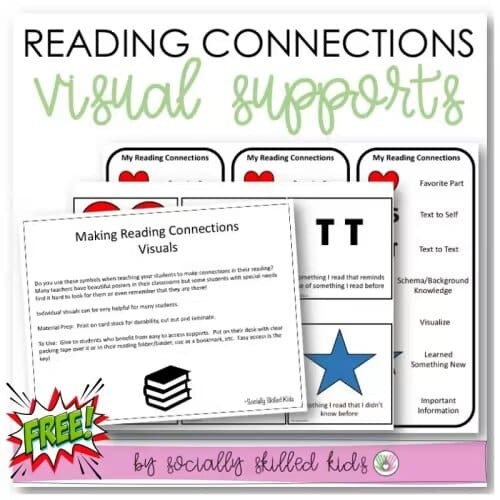
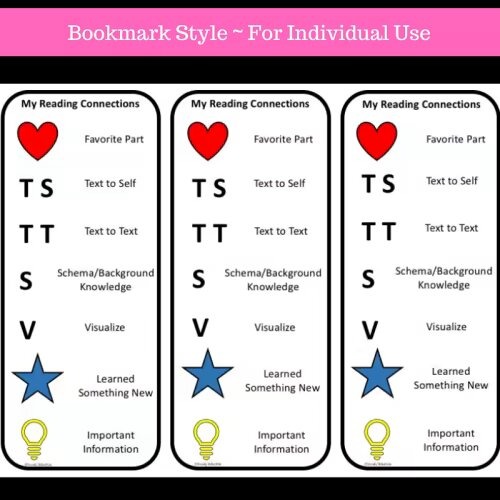
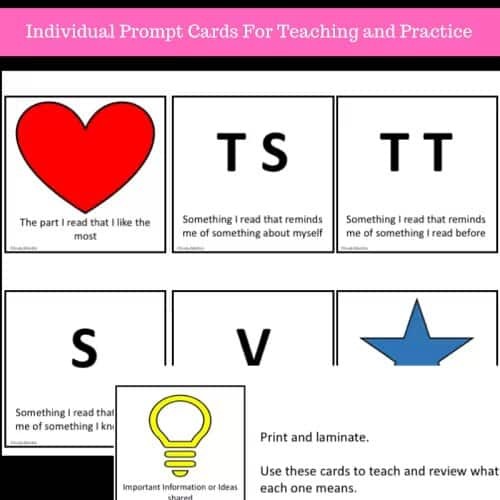
Know the Ropes Figurative Language Lessons (Grades 4-8) By Teach Me This
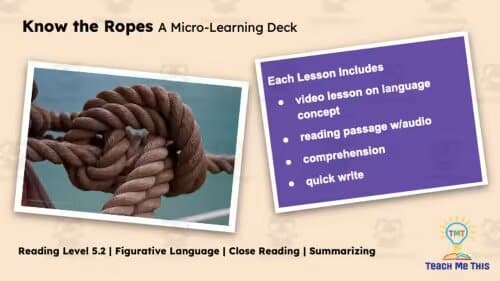
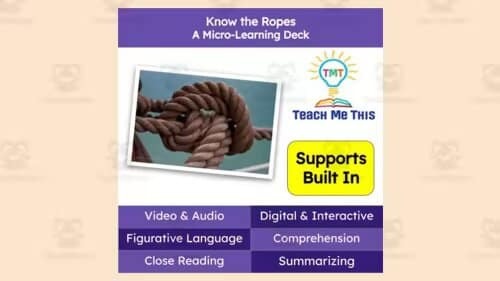
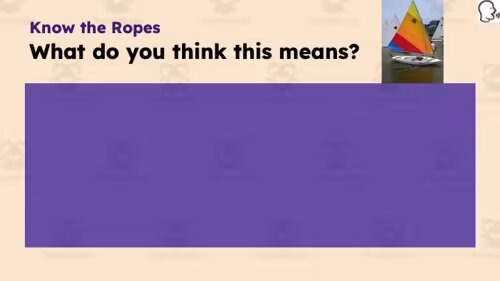
Research and Planning Materials (All Grades) from Smarten Up
Reading Rope for Students With LD From Learning Disabilities And ADHD Network
Scarborough Reading Rope FAQs
The Reading Rope is a framework of skills that can be taught at any age. While younger students are typically focused on the lower strands of word recognition, phonics, and decoding, older beginning students will also have to tackle these skills in order to move on to the higher-order skills of the upper strand.
The Reading Rope provides a framework for reading lessons that incorporates scientific knowledge of how students acquire the skills necessary to not only decode words but to comprehend and retain material.
When teachers create lessons integrating these various strands of knowledge, the student will be able to steadily progress to higher levels of reading without danger of missing out on skills vital to comprehension or retention.
This methodology can be used to teach students at all levels. The concept of reading as a rope made up of strands of various skills was developed by Dr. Hollis Scarborough as a means of explaining to parents of LD students how reading requires an entire host of skills, which may require multiple interventions to address.

By Jen Dayna Noffke
Dayna Noffke is a writer and former high school teacher, with experience working with general and special education students. She received her BA from University of Missouri, and later attended UGA, where she received her Georgia state teaching certificate. Her areas of special interest include alternative assessments for special education, quality of life IEP interventions for graduating students with disabilities and integrating art instruction into core curriculum.

